ACC basketball faces identity crisis as college athletics continue to shift and change
Editor’s note: This story is part of an occasional series about the future of the ACC, and college athletics, and questions facing both in a rapidly changing landscape. The first story in that series, we examine the state of ACC men’s basketball, which is coming off of one of its worst regular seasons in history.
A little more than a year ago, months after what was then thought to be one of the ACC’s worst men’s basketball regular seasons in a long time, the conference sought outside counsel to address a problem it had rarely encountered throughout its 69-year existence: the prevailing perception that the league wasn’t all that good in the one sport that allowed its rise to prominence.
And so the ACC invited Dan Gavitt to its 2022 spring meetings. Gavitt’s official title is NCAA Vice President of Men’s Basketball. Unofficially, he’s something of a maestro of the sport; a man who knows things and is known for his college basketball wisdom. The thought went that Gavitt could help the ACC through its funk, provide some insight as to why the conference received relatively few NCAA Tournament bids and guide the league back on track.
The league’s coaches a year ago left their meeting feeling energized and anxious to prove that the ACC’s so-called basketball struggles of the 2021-22 season were a thing of the past, a one-off. ACC basketball as everyone had forever known it would be back, and soon. Just wait.
Well, so much for that.
When the conference’s coaches and administrators reconvened two weeks ago for their annual spring meetings, a lot of it felt like deja vu. There was all the angst, now plenty familiar, surrounding the general state of major college athletics — the grumbling over pay-for-play under the guise of name, image and likeness deals; the lamenting of the transfer portal, which has become unregulated free agency. There were the exhaustive — and exhausting — conversations about revenue, and how the ACC needs to generate more of it to keep up.
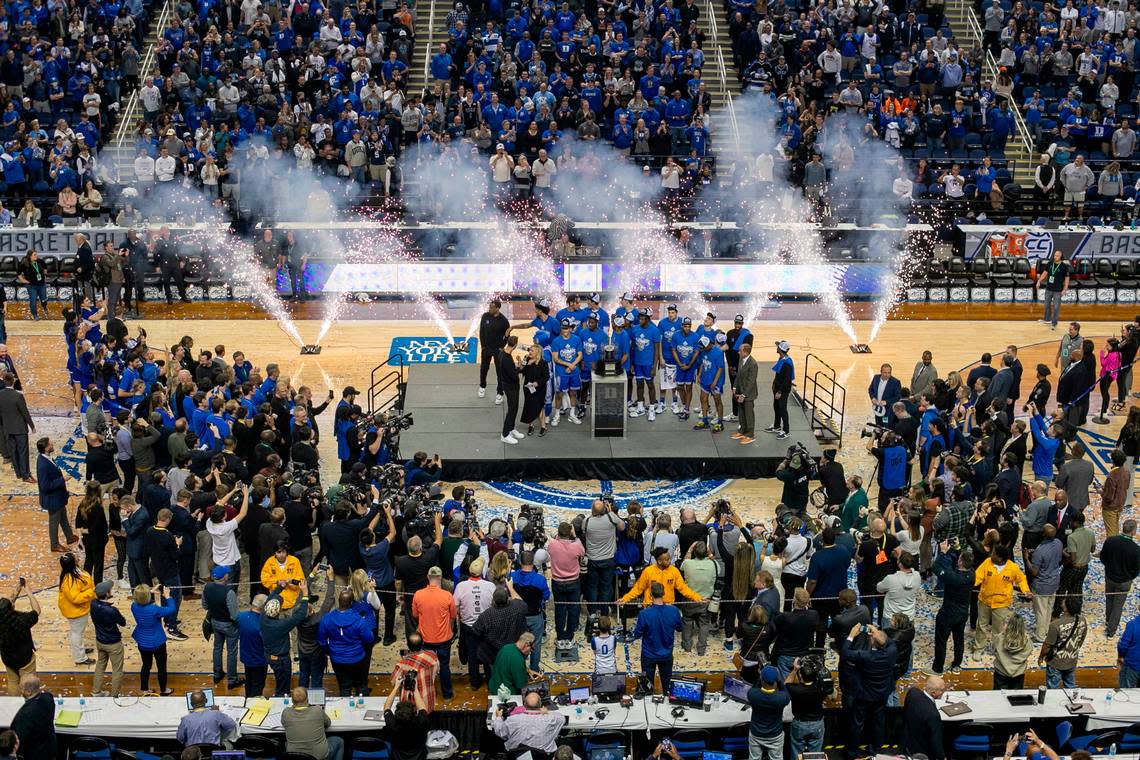
What’s in a narrative?
And, for the league’s men’s basketball coaches, there were the same conversations several of them shared a year earlier. The ones that tried to pinpoint the deeper causes behind the ACC’s relative basketball struggles; the ones that tried to address, and combat, the perception problem that is growing, well, more problematic for a conference that is not accustomed to fighting for recognition and respect in a sport it has largely dominated since its founding in 1953.
“Some of the narrative has to be changed,” Jim Phillips, the ACC commissioner, said of the perception that the conference has hit hard times in basketball. Phillips used the same word — “narrative” — as he did a year ago when discussing what has ailed ACC basketball, and the same word several others used two weeks ago to assess the league’s predicament in that particular sport.
“Ultimately,” said Jon Scheyer, months after the end of his first season as Duke’s head coach, “you have to win more games in nonconference. That’s when the narrative, fair or unfair, that’s when the narrative has shifted about how good your league is.”
Said Jeff Capel, of Pittsburgh: “If you look historically, you know, our teams have done really well. And part of the narrative, I think, and we talked about this, is in a year where North Carolina and Duke maybe aren’t top 10, it doesn’t mean the league is bad.”
And Brad Brownell, whose Clemson team last March, upon its exclusion from the NCAA Tournament, most exemplified the conference’s quandary: “At the end of the day, our team has to win more games in November, December.
“Because I think the frustrating thing a little bit is this has all gotten to the point where there’s a narrative written about leagues and teams almost by Christmas that’s difficult to change. And the hard part about that is teams get better, and there’s no way for that (narrative) to readjust.”
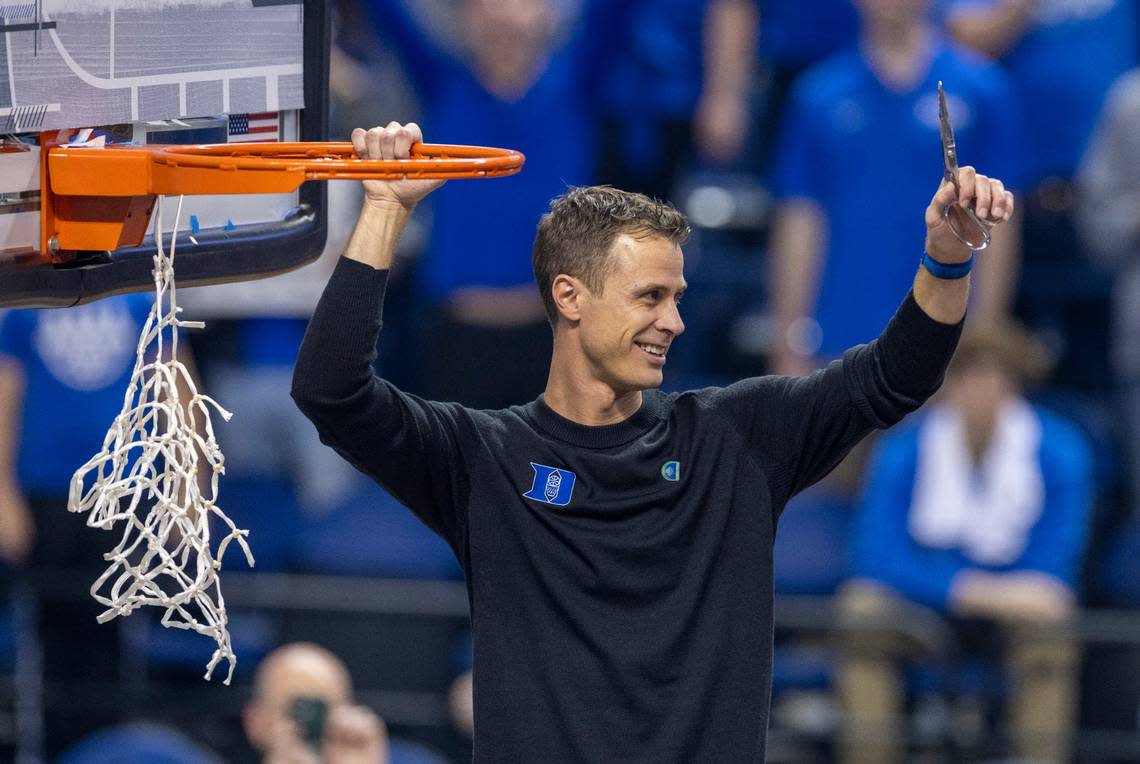
NCAA Tournament troubles
For the second consecutive season the league atoned, somewhat, for its missteps in the regular season with success in the NCAA Tournament. Miami reached the Final Four in Houston, just as North Carolina and Duke did in 2022 in New Orleans. Judging by only that metric, and the three Final Four teams over the past two seasons, it’s easy to dismiss some of the negativity surrounding ACC basketball. Just look at the postseason, after all.
Yet it doesn’t require much of a deep dive to understand the cause of all the consternation. In each of the past two seasons, the ACC has received five NCAA Tournament bids — not an especially low number, on the surface, but one that aligns with the conference’s most lightly attended tournaments since the field expanded to 64 teams in 1985. Among the 38 NCAA Tournaments since, the ACC has sent at least 40 percent of its teams to 30 of them.
Six of the eight times that hasn’t happened have come since 2006. In March, the conference avoided its worst NCAA Tournament Selection Sunday ever — at least in terms of percentage of teams that received an invitation since the tournament’s expansion in ‘85 — but only just barely. Pittsburgh entered the field as an 11 seed, and advanced into the bracket through a play-in game in the First Four in Dayton, Ohio. N.C. State was also an 11 seed — meaning it, too, was among the last at-large teams in the field — but avoided an appearance in Dayton.
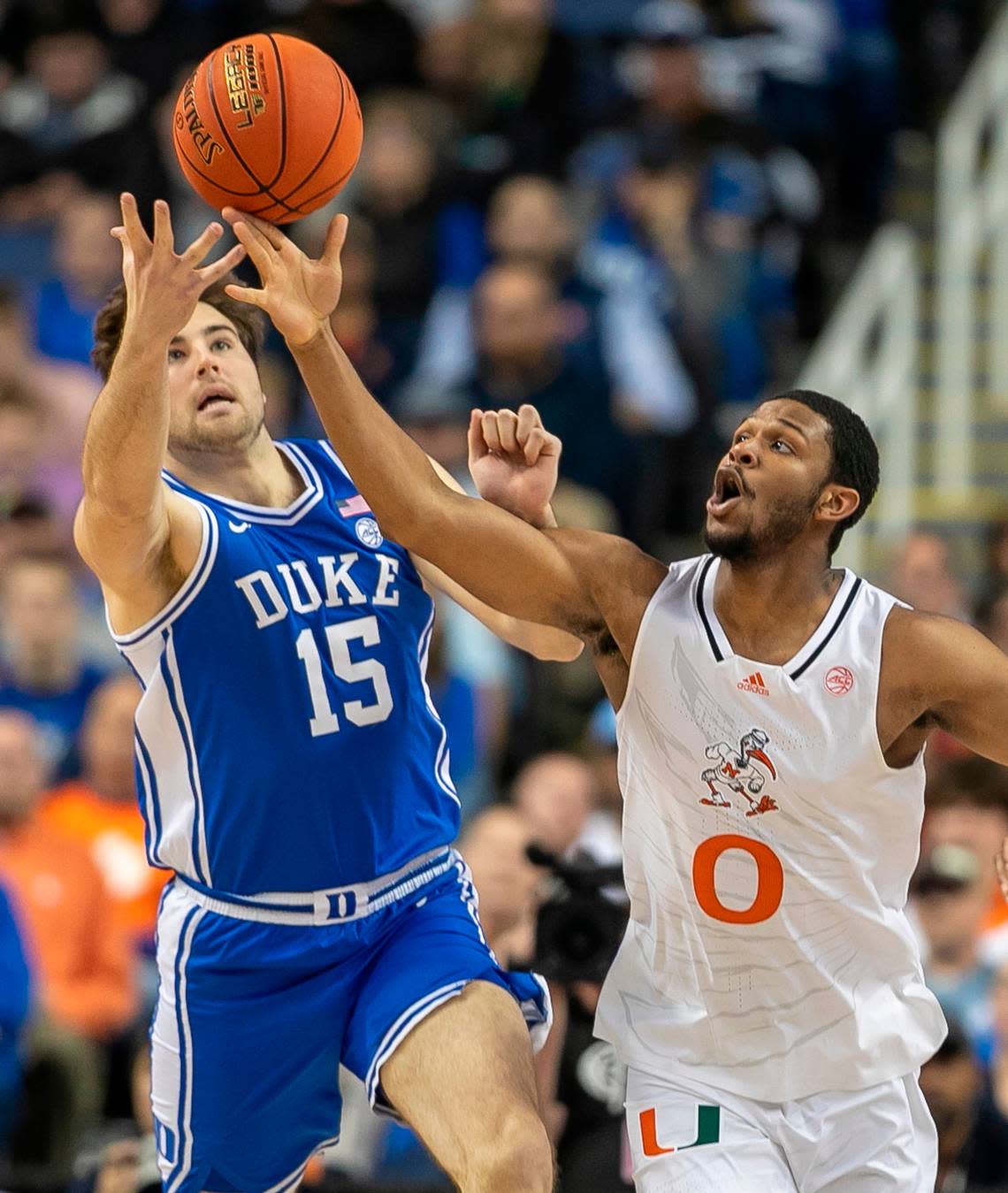
Only three of the ACC’s 15 teams, it turned out, entered the final days of the regular season as NCAA Tournament locks. None earned a better seed than Virginia, at No. 4, with Duke and Miami entering the tournament as No. 5 seeds. Two months later, that was still on Scheyer’s mind while he sat on a terrace outside of the Amelia Island Ritz-Carlton in the moments after the basketball coaches concluded their meetings. There’d been a lot of talk of the tournament, and seeding.
“You know, we win the ACC tournament championship and we’re a five seed,” Scheyer said. “Our metrics would show that we should be a four seed. And so Virginia, Miami — we were right at the top (of the ACC) and none of us are top-three (seeds). Well, that’s concerning.
“And so you look at, we’ve added more teams, which has been really good. But we’ve had a lot of transition the last two years and so some of those bottom teams, it hurts. That’s not blame. It’s just, it hurts.”
Expansion hurts depth
Scheyer was referring, in particular, to what was likely the weakest bottom-third in ACC history. Long gone are those halcyon days of the mid-to-late-1980s through the mid-’90s, when the conference regularly sent more than half its members to the NCAA Tournament. Between 1985 and 1997, in fact, the conference sent at least 63 percent of its teams to the tournament 10 times. It wasn’t uncommon, before Florida State joined the ACC in 1991, for six of the ACC’s eight members to earn NCAA Tournament bids.
Football-focused expansion has forced the conference’s growth over the years — from eight to nine members, from nine to 12, from 12 to 15 — but the quality, especially in men’s basketball, has not necessarily kept pace. Last season, the middle and bottom of the conference arguably bottomed out, and fell into an abyss that dragged down the league’s reputation and, more important, its metrics.
Louisville, which won four games (and finished 2-18 in the ACC), presented a compelling case for worst ACC team ever. Notre Dame, often a formidable contender in the years after it joined the ACC, won three league games and was bad enough that Mike Brey found it best to walk away after 23 years as head coach. Georgia Tech fired Josh Pastner after a 15-18 season; Florida State suffered through its worst season in more than 20 years; Boston College was barely better out of conference (7-6) than it was in conference games (9-11).
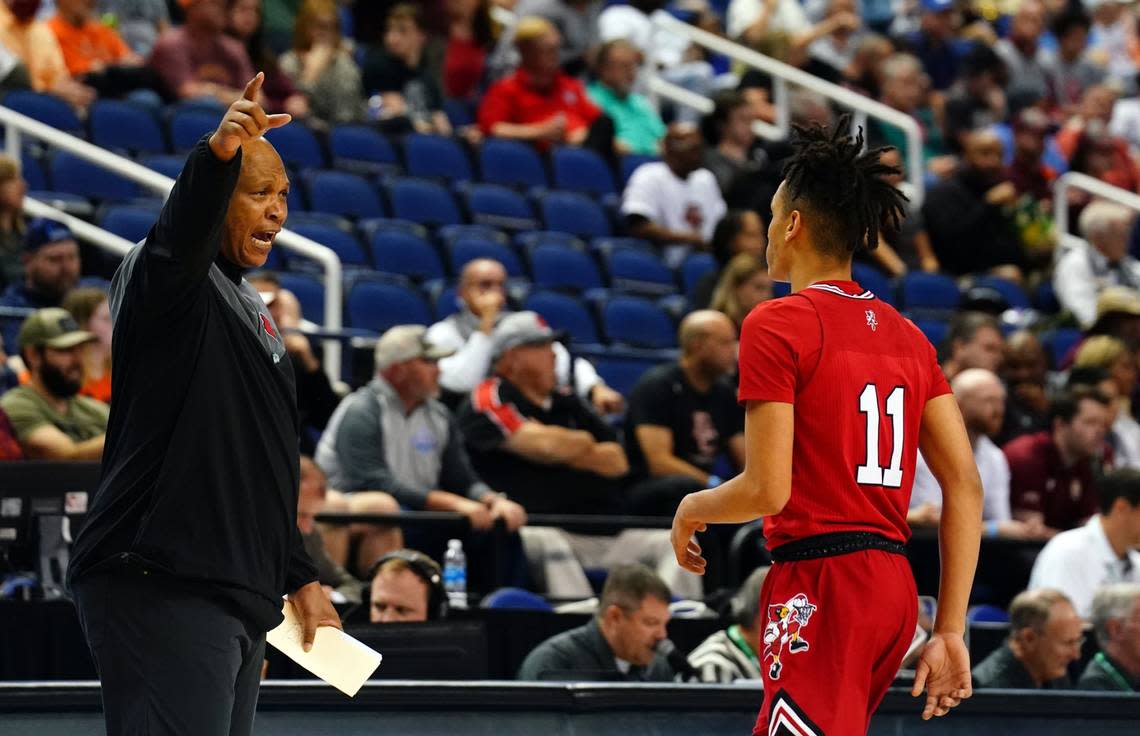
Search for stability
It has been four years now since an ACC team last entered the NCAA Tournament as a No. 1 seed ( Duke, North Carolina and Virginia were No. 1s, in 2019). Those four years have brought the unparalleled challenge of navigating a pandemic and, more specific to college basketball and the ACC, unmatched change. After each of the past three seasons, the league has lost a Hall of Fame coach to retirement: North Carolina’s Roy Williams in 2021, Duke’s Mike Krzyzewski in 2022 and Syracuse’s Jim Boeheim in March.
It is not unfair to acknowledge that the league suffers from a lack of basketball leadership in the absence of coaches who not only had become the faces of their programs, but also outspoken leaders and stewards of the sport. Virginia’s Tony Bennett could fill some of that void, if he wanted, but he is loath to be a spokesman. Miami’s Jim Larranaga has the coaching bonafides, if not necessarily the widespread microphone. Florida State’s Leonard Hamilton has the experience, but not necessarily the platform.
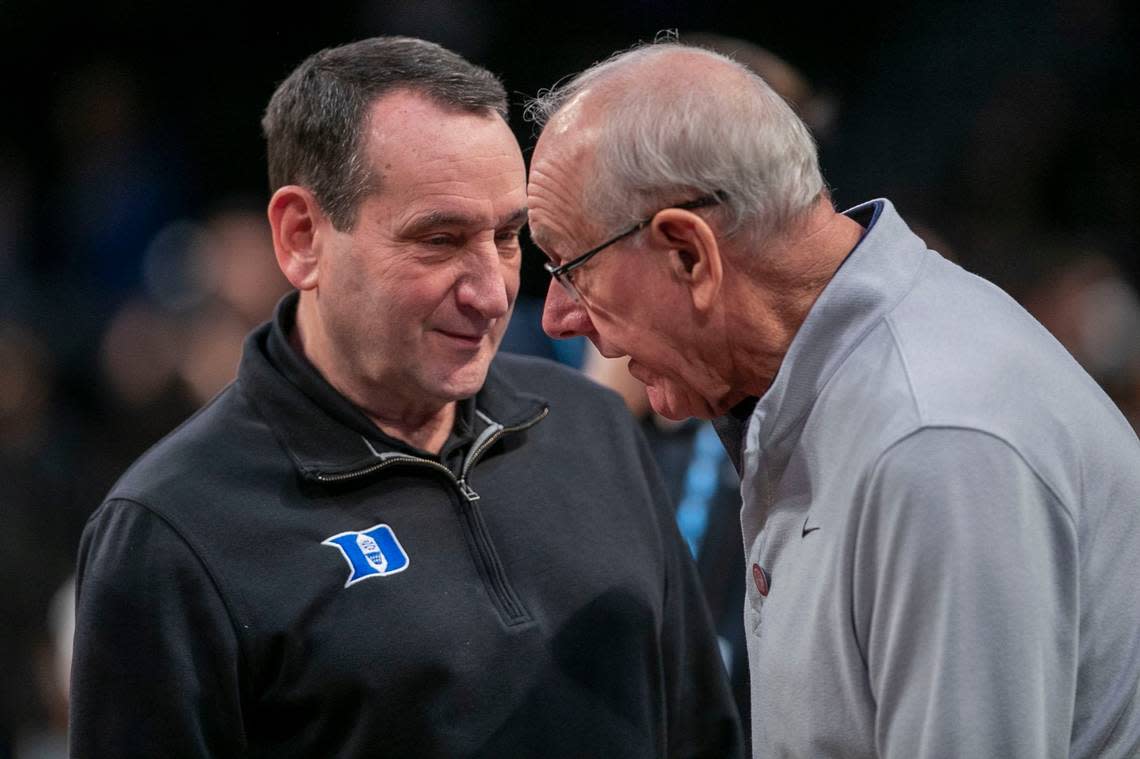
The retirements of Williams, Krzyzewski and Boeheim have come, too — and perhaps came in part because of — a time of rapid and unrelenting change. College athletics, at large, is not what it was even a couple of years ago. And college basketball, especially, has changed because of the transfer portal and NIL and everything it has wrought. Suddenly, North Carolina’s 2017 national championship team, which played all not all that long ago, feels quaint and like something from a different generation, what with its upperclassmen nucleus and roster of players who stuck around.
These days, the sport has become a revolving door of player movement, and a never-ending game of roster management for coaches. Players come and go with so much frequency and rosters turn over to such a high degree that it is now more noteworthy when a team somehow avoids such movement, as Duke has done since the end of its season. The Blue Devils are the ACC’s only team that didn’t lose a men’s basketball player to the transfer portal. They’re the only major-conference team in the country that can say that.
“I’m proud of the fact we don’t have any transfers,” Scheyer said. “It’s happened with full transparency and honest conversations. There’s no false promises that are made, or begging guys to come back. It’s showing your belief and being honest about what that opportunity looks like, no matter what the case is ....
“So I’m proud of that. And one of my goals was to get more stability in an unstable environment.”
Consistent inconsistency
For a long time, the ACC earned its reputation as the nation’s best basketball conference because it was home to the deepest collection of strong programs. But what is a college basketball “program” now, in 2023? It’s a difficult question to answer, in a time when players who need development don’t often want to stay in one place to receive it, and when those who are already developed are often in a hurry to move on to the next level.
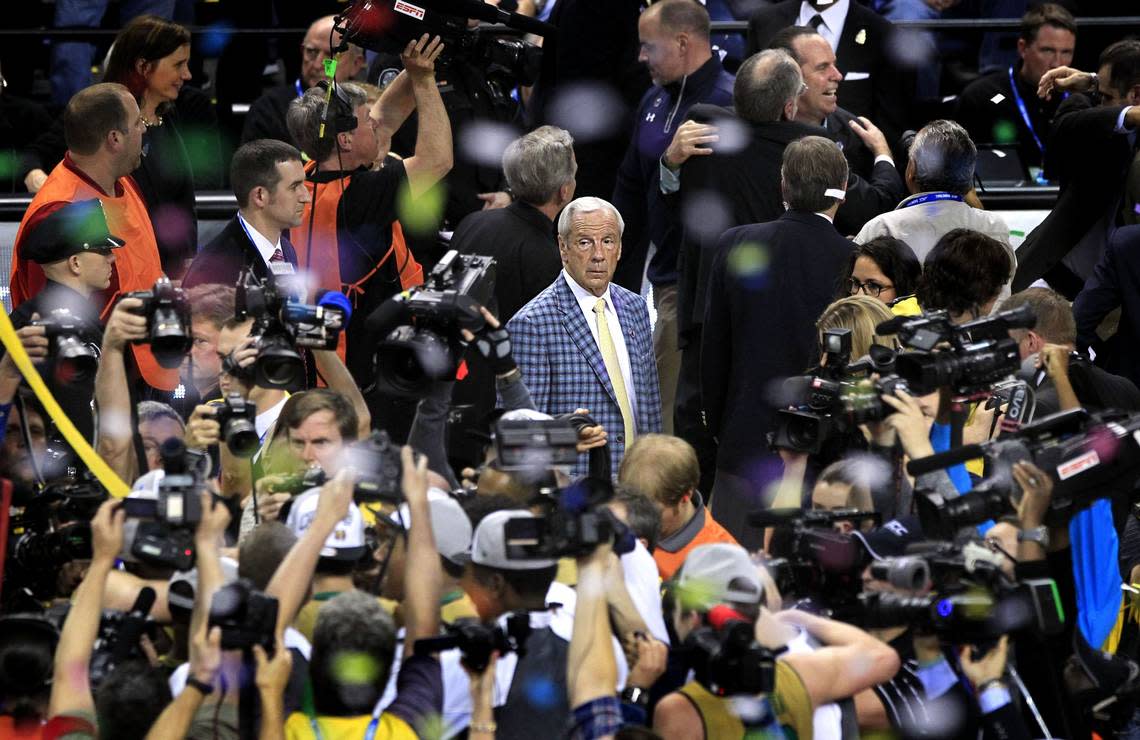
A program like North Carolina, for instance, may well find itself caught between tradition and the forces of a new reality. The Tar Heels began last season ranked No. 1 and then suffered through months of inconsistency, with occasional flashes followed by inevitable letdowns, before missing the NCAA Tournament. And then six players entered the transfer portal — more than the total number of players who transferred out of UNC during Williams’ 18 years as head coach.
While the movement has made it more difficult for coaches to build teams over years, it has also made for a more difficult sport to follow. The days of spectators charting a player’s journey from freshman to senior year, of fans forming a connection with a team that grows while its core remains together, are all but gone. Those times are as much of a relic as when the ACC sent six of its eight members to the tournament in the late ‘80s and early ‘90s, and they’re not coming back.
Revenue complacency
All of the changes have come, too, in a moment when the financial relevancy gap between football and basketball has never been wider. The ACC became the wealthiest league in the country in the 1980s and ‘90s and early 2000s on the strength of its basketball television revenue. Florida State joined the ACC in large part so it could benefit from the riches of ACC basketball — a veritable cash cow in those days — and the tradeoff was that the conference would instantly improve in football.
A little more than 30 years later, and college basketball is hardly the commodity it once was. Football, which once accounted for less than half of the ACC’s television revenue, now drives more than 80 percent of it. Basketball has become a one-month sport, at least in terms of its national relevance, while football has become a year-long obsession, especially as it relates to the TV money it generates and the conference realignment and expansion it inspires.
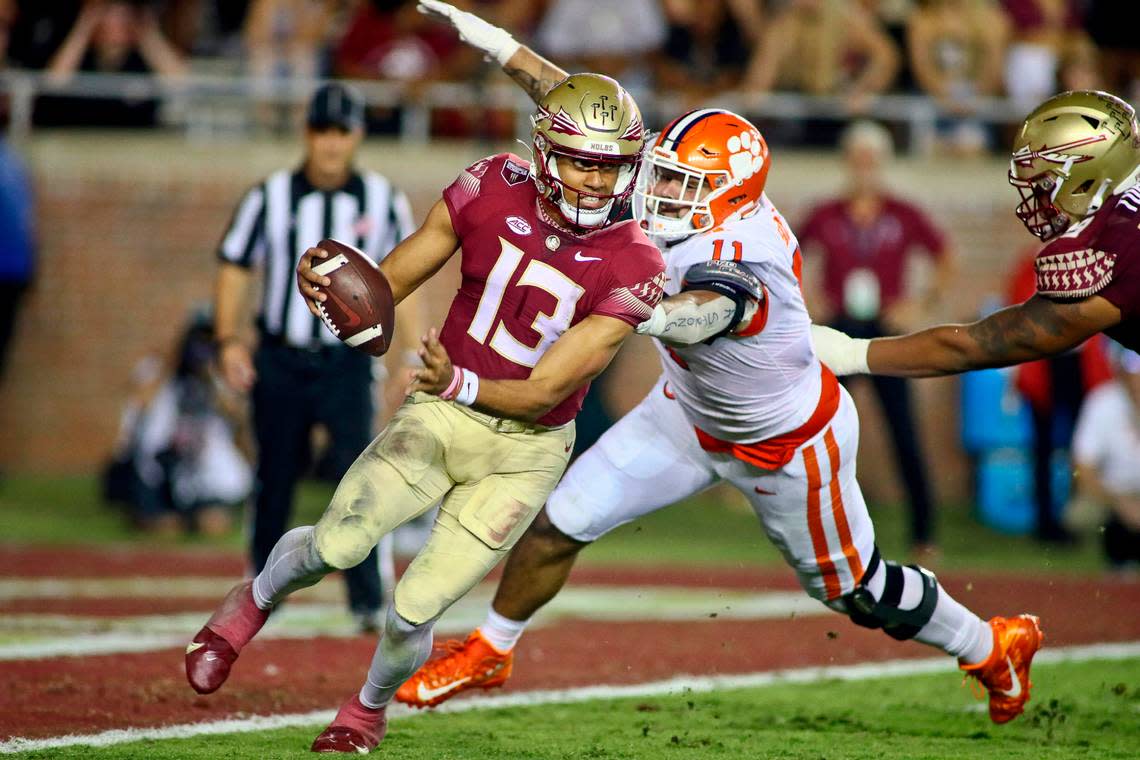
Since the ACC’s addition of Florida State, the conference has continued to expand with football in mind, whether driven by brands (in the case of Virginia Tech and Miami) or TV markets (Boston College and Syracuse) or both. It has not worked the way anyone envisioned.
The league has not become the football power former commissioner John Swofford hoped. And, meanwhile, the quality of its men’s basketball has declined so precipitously that the conference the ACC routinely raided, and essentially put out of business — the old Big East — has been reborn as a basketball-centric league and is now, in that one sport, the superior of its old rival. It’s enough to make anyone question the payoff of the ACC’s pursuit of football glory. Or its dollars.
“That’s what it is,” said Pitt’s Capel. “It’s the money. I mean, that’s the thing that can make the most money. And so there’s an emphasis that’s been on this league to really try to get football to be really good. And maybe to a certain extent, you know, maybe the league has been complacent with basketball.
“I think for so long, this league depended on — you just had Coach K and coach (Dean) Smith and then Roy. You didn’t have to do much. But then it got to a point where, even when they were still here, like you needed to probably do more” to preserve and promote the sport.
Schedules and strategy
When the coaches met last month on Amelia Island, they were not greeted this time by Gavitt. There was no pep talk from the NCAA’s college basketball guru, no wisdom about what went wrong. After two full regular seasons of similar struggle, of bad early season nonconference defeats and months of trying, and failing, to repair a damaged reputation, it’s clear that what plagued the ACC two years ago wasn’t a one-off. This past season proved to be a repeat, one that in some ways was worse than the original.
Once again Selection Sunday came and went with five league teams earning tournament bids. Once again there was disappointment, a keen sense of let-down — especially at Clemson, which won 14 conference games but suffered through a middling nonconference season and a debilitating conference defeat at Louisville. Once again the ACC was left to wonder what happened, and how.
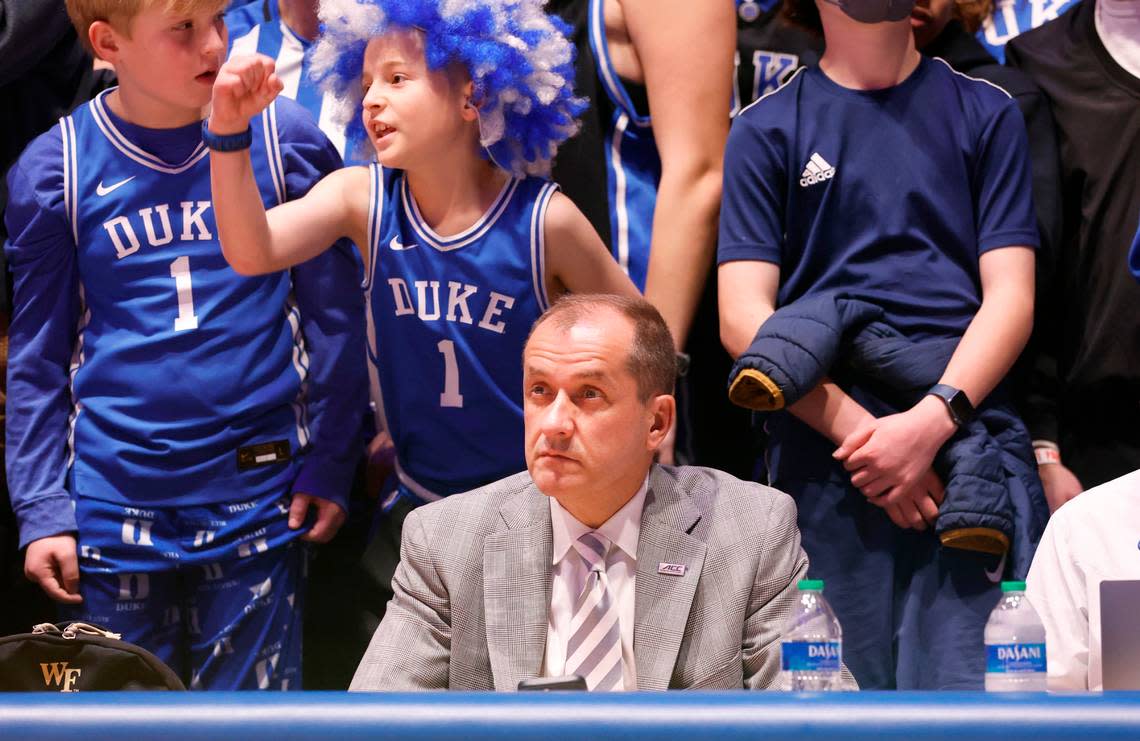
“But that’s on us to try to fix,” Phillips said.
He spoke of the “really good dialogue” the league’s coaches shared, the need to perform better in “the marquee games in the nonconference,” the due diligence to “look at the metrics and the analytics of this thing” to better understand where and why the conference has fallen behind in the one sport in which it once set the standard. He emphasized something else, too.
“We got to schedule smart,” Phillips said, “... and do it maybe in a more strategic way.”
Forging a new identity
The last time the ACC endured a stretch similar to this one — consecutive years in which two-thirds of its members missed the NCAA Tournament — was more than 20 years ago. Only three of its nine teams made the tournament in 1999. The same thing happened a year later. And then, in 2001, the league rediscovered its way. Six teams received bids. Duke won the national championship.
That was a much different time, though. Krzyzewski was in the midst of his enduring prime at Duke. Gary Williams was still at Maryland, and Maryland was still an ACC member. The conference was still nine teams strong. College basketball still held a power, financial and otherwise, that it simply does not today.
The league is now attempting to find its way back in basketball in a much different environment. Perhaps it’s only a matter of time before the ACC restores some of its fading basketball luster. It likely will restore it to a degree, sooner or later. There’s too much history and tradition for it not to happen. Even when it does, though, it won’t be like it was, with sustained success almost a guarantee.
Like everything else about college athletics in 2023, it will be a fight — a reinforcement of the reality that in this changing business, nothing is a given. That even ACC basketball isn’t exempt from the search of a new identity; that, in fact, such a reinvention is required in a college sports world that grows more and more unrecognizable.
